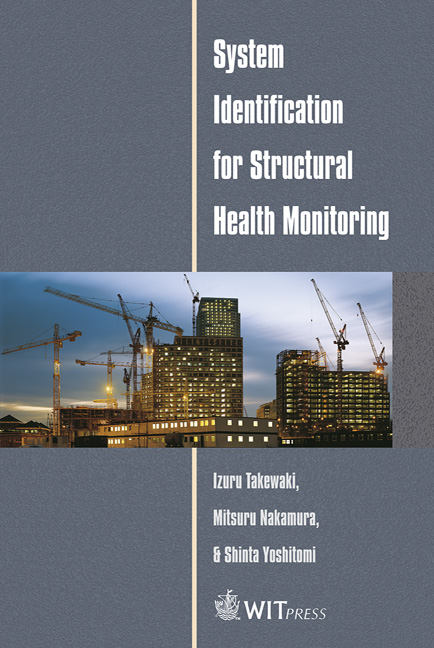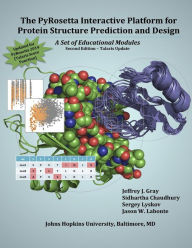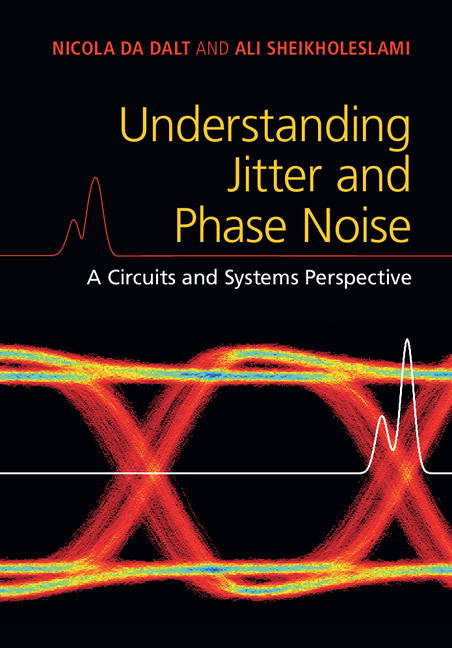System Identification for Structural Health Monitoring
by I. TAKEWAKI
2020-07-23 04:05:05
System Identification for Structural Health Monitoring
by I. TAKEWAKI
2020-07-23 04:05:05
System identification (SI) techniques play an important role in investigating and reducing gaps between the constructed structural systems and their structural design models, and in structural health monitoring for damage detection. A great amount of...
Read more
System identification (SI) techniques play an important role in investigating and reducing gaps between the constructed structural systems and their structural design models, and in structural health monitoring for damage detection. A great amount of research has been conducted in SI. Modal-parameter SI and physical-parameter SI are two major branches in SI. The former is appropriate for identifying the overall mechanical properties of a structural system and exhibits stable characteristics in implementation. While the latter is important from different viewpoints, e.g. enhancement of reliability in active controlled structures or base-isolated structures, its development is limited due to the requirement of multiple measurements or the necessity for complicated manipulation. A mixed approach is often used in which physical parameters are identified from the modal parameters obtained by the modal-parameter SI. However, a sufficient number of modal parameters must be obtained for the unique and accurate identification of the physical parameters. This requirement is usually hard to satisfy.In spite of the importance of damping in the seismic-resistant design of buildings, it does not appear that identification techniques have been developed sufficiently. Furthermore, it is believed in general that the acceleration records in all the floors above a specific story are necessary to evaluate the story shear force, which is required in the stiffness–damping evaluation. This instrumentation may be unrealistic in multi-storied buildings. To overcome this difficulty, a unique system identification theory is explained for a shear building model. It is shown that unique identification of story stiffness and viscous damping coefficients is possible when acceleration records at the floors just above and below a specific story are available.This book is the first text book on smart techniques of mechanical system identification using records from limited locations. The techniques explained in this book are based upon rich content published in international journal papers by the authors and includes an introductory explanation for a broad class of readers.
Less






























